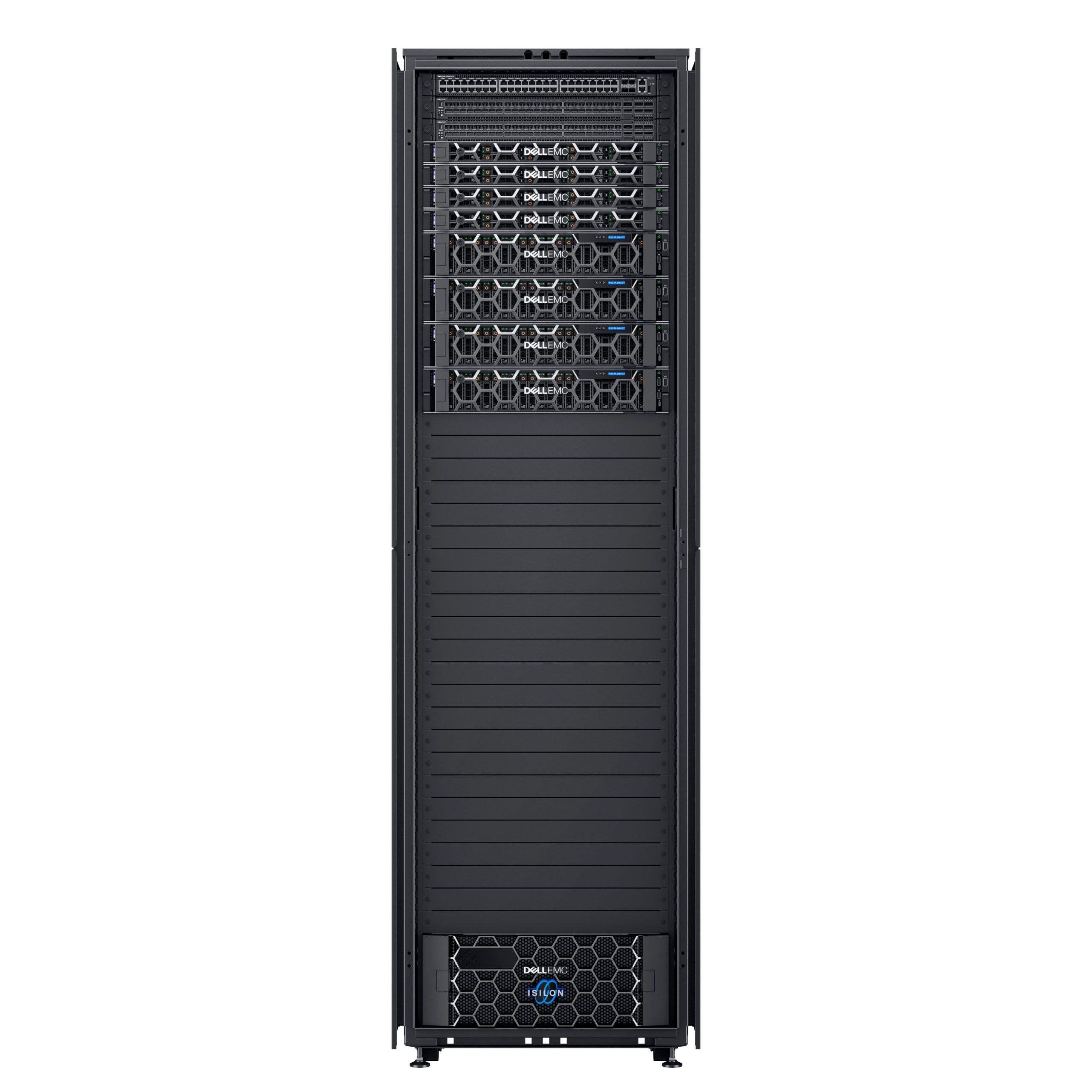6 Different Types of Power Sources
All power plants can’t harness power in the same way—if they did, they’d risk massive energy failure should the energy resource falter. For example, if all power plants relied on coal and gas for power, they would risk failing when fossil fuels are no longer available. Using many different types of power sources can prevent this. To learn about each type, read our brief guide to six popular energy production methods.
Fossil Fuels
A longtime resource for producing power is fossil fuels, which include coal, natural gas, and oil. These fossil fuels come from long-dead, decomposed plants and animals far beneath the ground. Combusting fossil fuels creates significant amounts of energy because, along with several pollutants, they produce heat to power things such as turbines. Many turbines rely on combusting air and fossil fuels, but there are some differences between steam- and gas-powered turbines. Steam turbine rotors turn when fuel combustion heats water to create steam, whereas gas turbines rotors turn with combustion exhaust gases.
Nuclear
Nuclear power requires heavy regulations to ensure plants safely use and dispose of radioactive materials. That said, nuclear plants can create energy efficiently by taking radioactive uranium and splitting atoms through a chemical process called fission. This process creates heat and steam, which power the turbines.
Solar
Solar energy is a completely different type of power source when compared to nuclear and fossil fuels. Solar energy, naturally, comes from sun. To take advantage of the sun’s rays, businesses and homeowners affix sheets of solar panels made with silicon to their roofs. These silicon panels create direct current electricity as the sunlight excites the silicon’s electrons. To use this energy, you must use an inverter to convert this direct current electricity into alternating current electricity. This is one of several important renewable energy sources.
Wind
Another renewable energy source is wind energy. This is an intuitive energy option that places wind turbines at just the right angle so that oncoming wind turns the rotors, which connect to a generator. Like solar energy, this energy alternative varies as weather conditions change.
Geothermal and Hydroelectric
Two oft-ignored power sources are geothermal and hydroelectric energy. Geothermal energy comes from underground, steam-producing heat, which results from decaying radioactive atoms. Meanwhile, hydroelectric energy comes from running water, which powers turbines inside dams. In comparison to fossil fuels and nuclear power, these are more sustainable power sources.





